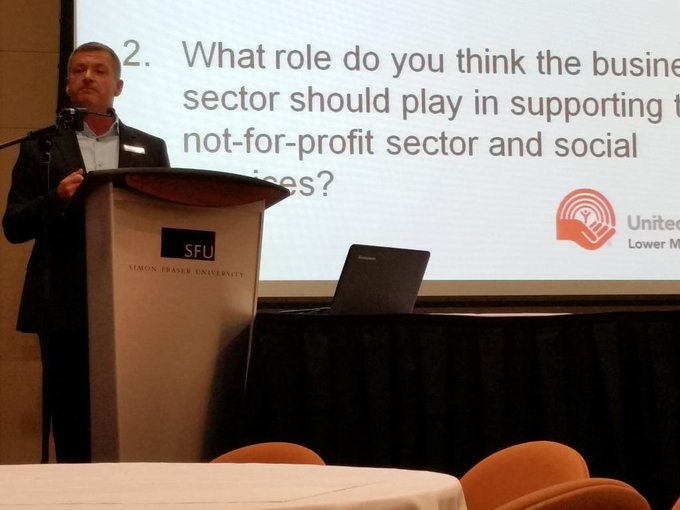“If the United Nations was fully funded why would we need the Arc or social enterprise?”
To answer this question, one could think of the United Nations (UN) and social enterprises as firms with the same goal of creating social change in the world, but with different structures. UN could be thought of as a huge corporation with countless sub-branches and divisions under its umbrella. It sets goals and provides funds for the various firms and organizations under its control. In contrast, social enterprises are small to medium-scale firms that create direct change. Considering this difference and two other factors, I believe that we would still need the Arc or social enterprises even if the UN was fully funded.
Firstly, the UN simply has too many aims. There are 17 goals under sustainable development according to the official website, and the aims vary from reducing hunger and poverty to promoting sustainable industrialization to fighting against climate change. Even if the UN has enough funds, covering every single aim in one enormous organization would be very demanding. It is by far more efficient if the UN “outsourced” some of its purposes. Indeed, the UN has recently increased the number of partnerships with private businesses in order to become more effective.
Secondly, it is idealistic to claim that the UN is independent of the interests of its member nations, particularly the United States. Jacques Fomerand states that the UN is limited because it must find its balance between “the high ground of moral principles and values” and “the numbing realities of political power”. In addition to this issue, coming to a consensus is difficult in an organization consisting of nations with vast differences in economic power. This is exemplified by the fact that developing countries argue it is unfair for developed nations to enforce sustainable industrialization on them.
Social enterprises, and projects that promote it such as the Arc, are needed to cover what the UN cannot. Independent social enterprises listen to the small voices that may be overlooked by such a large organization. Since they are not bound by political interests, they are able to create fast and direct social changes. We need such systems in the world.









